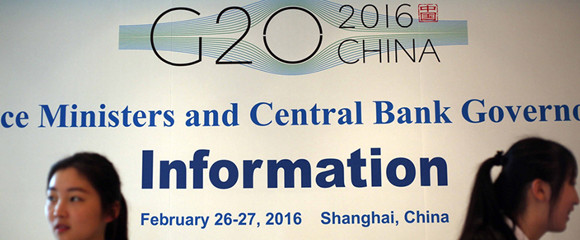Embracing the 'silver economy' with public private partnership
Updated: 2016-05-10 08:14
By HE JINGWEI(China Daily)
|
|||||||||
For instance, the Ministry of Civil Affairs and Ministry of Commerce in 2014 announced that private eldercare facilities and service industry will be open for private investment, hoping that international investment could fill up the gap of financing and help develop the delivery system. A monthly government subsidy from 300 yuan to 500 yuan per bed is also provided to eldercare facilities. The injection of fiscal resources has helped a great deal in sustaining the operation of profit-slim eldercare institutions.
The resource shortage for elderly services is not unique to China. International experiences show public private partnership is a promising solution. Given the vast unmet demand and respective strengths and weaknesses of both sides, government and private institutions can play a complementary role in both financing and providing eldercare services.
For instance, aside from financing public facilities by governments' general revenues, more targeted subsidies could be injected to finance infrastructure projects, staff training and operation of private facilities. Moreover, a key barrier to accessibility for elderly service users often lies in the gap between high costs and low ability-to-pay, reducing both utilization and operational efficiency. A useful instrument is means-tested vouchers that directly empower the elderly to access services. The implementation of similar initiatives in Hong Kong has resulted in remarkable success in reducing the financial barriers for the elderly.
Eldercare encompasses a wide range of services, including but not limited to formal residential care, aging-in-place community care and long-term care for senior citizens with chronic disability. Public and private facilities of different sizes have their own niche in this vast multi-tier market, especially given the regional disparity and urban-rural divide in China.
The author is an assistant professor in the Department of Asian and Policy Studies, Hong Kong Institute of Education.
Related Stories
Economic fallout as Thailand looks after the elderly 2016-05-06 08:35
Lawmakers call for better cultural services for elderly, rural residents 2016-04-28 09:12
Better home care for the elderly in Jilin 2016-04-14 09:57
Free bracelets given to the elderly 2016-04-12 16:15
Today's Top News
EU anti-dumping moves may damage ties with China
Search widens for leading overseas professionals
60% of career women say no to second child: report
Testing times
Big hopes as China hosts the G20
Inspectors to cover all of military
Britons embrace 'Super Thursday' elections
Campaign spreads Chinese cooking in the UK
Hot Topics
Lunar probe , China growth forecasts, Emission rules get tougher, China seen through 'colored lens', International board,
Editor's Picks

|

|

|

|

|

|







